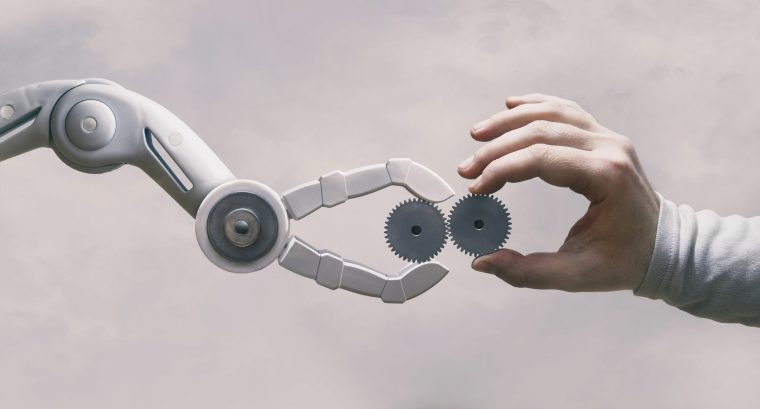
Private: Playing to strengths: keeping LIMS and lab resource scheduling separate
LIMS (laboratory information management systems) and resource scheduling software like Binocs are complementary solutions that, when optimally integrated, should enhance one another’s core functionalities. However, some LIMS vendors have…
Read more



